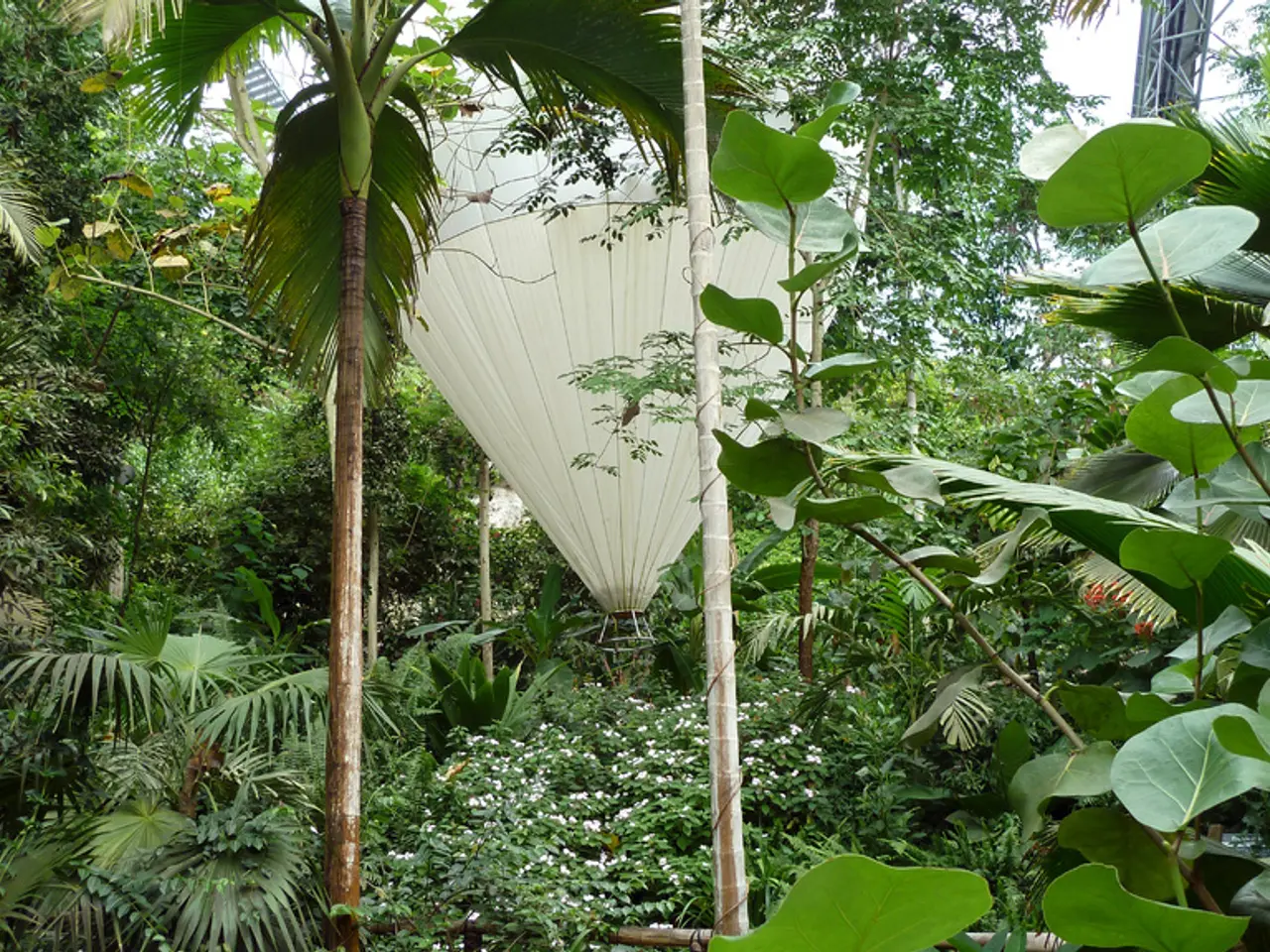Marvelous Cubaris Isopods: Over 10 Remarkable Species (A Must-See!)
Isopods of the Cubaris genus are the latest craze in the invertebrate world. With over 100 classified species, and with new ones being discovered every day, there's no shortage of options for the discerning terrarium enthusiast.
Due to the popularity of the Rubber Ducky Isopod, the Cubaris genus has recently garnered significant attention. These little creatures are known for their vibrant colors and unique patterns, making them a standout addition to any terrarium.
In response to this wave of popularity, many breeders have turned their attention to developing new and exciting varieties of Cubaris isopods. This new wave of unclassified varieties has given rise to some truly bizarre names.
One of the more adorable species in this new wave is the Panda King Isopod. Named after the almost as cute animal, its black-and-white coloration makes it look more like a baby panda than a terrarium dweller. Perfect for anyone looking to get started in the Cubaris isopod trend without breaking the bank. They're also among the easiest Cubaris varieties to keep and breed, making them a safe investment.
Next up, we have the Cubaris murina, which has taken a different approach to its visual appeal. With a blueish, grey coloration, they may not be the most visually striking Cubaris species. However, they have become the default Cubaris for bioactive enclosures due to their high humidity tolerance and their ability to establish well.
Looking to take things up a notch in terms of cuteness? Check out the Papaya Isopod, a pink/peach mutation that serves as a lovely little pet or a bioactive cleaner. With its vibrant coloration and its contribution to a healthy terrarium ecosystem, the Papaya Isopod is the perfect blend of form and function.
Of course, we can't forget about the Rubber Ducky Isopod, the variety that put Cubaris isopods on the map. Known for their little yellow faces, they continue to be a popular choice for isopod enthusiasts. Despite their popularity, they can be difficult to find, so keep an eye out for opportunities to add these adorable creatures to your collection.
If you're looking for something a bit different, try your hand at the Cappuccino Isopods. With their delicious mottled coffee colors and their rarity, I think these could be the next big thing in the Cubaris world. Keep your fingers crossed that they catch on!
Finally, we have the White Shark Isopods, relatively new to the scene but making quite the splash. Coming in at around 0.5cm on average, they're the perfect size for smaller terrariums. With their tri-color pattern, they're a unique addition to any collection.
The market for Cubaris isopods is booming online, with new varieties popping up every week. From the rare and exotic to the more practical and affordable species, there's something for every budget and taste.
So, what's your favorite? Or perhaps there's a new Cubaris species that I haven't mentioned that you can't wait to add to your collection? Let me know, and share the love!
Gardening enthusiasts may find the vibrant Cubaris murina isopods a great addition to their home-and-garden terrariums, due to their high humidity tolerance and ability to establish well. For pet lovers, the Panda King Isopod with its black-and-white coloration resembling a baby panda could be a charming choice, easier to keep and breed compared to other Cubaris varieties.







